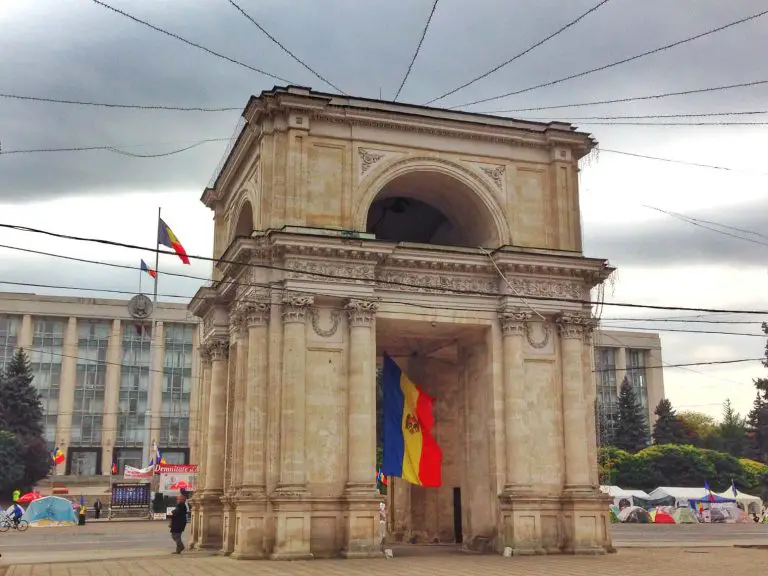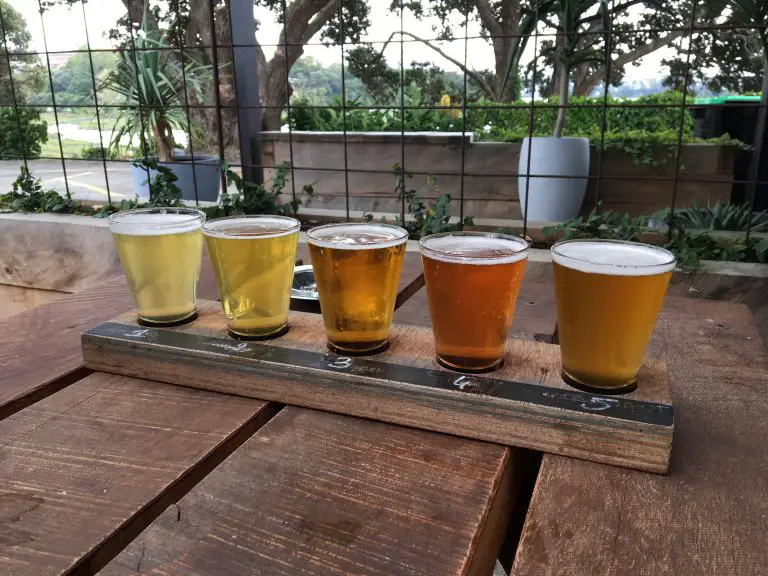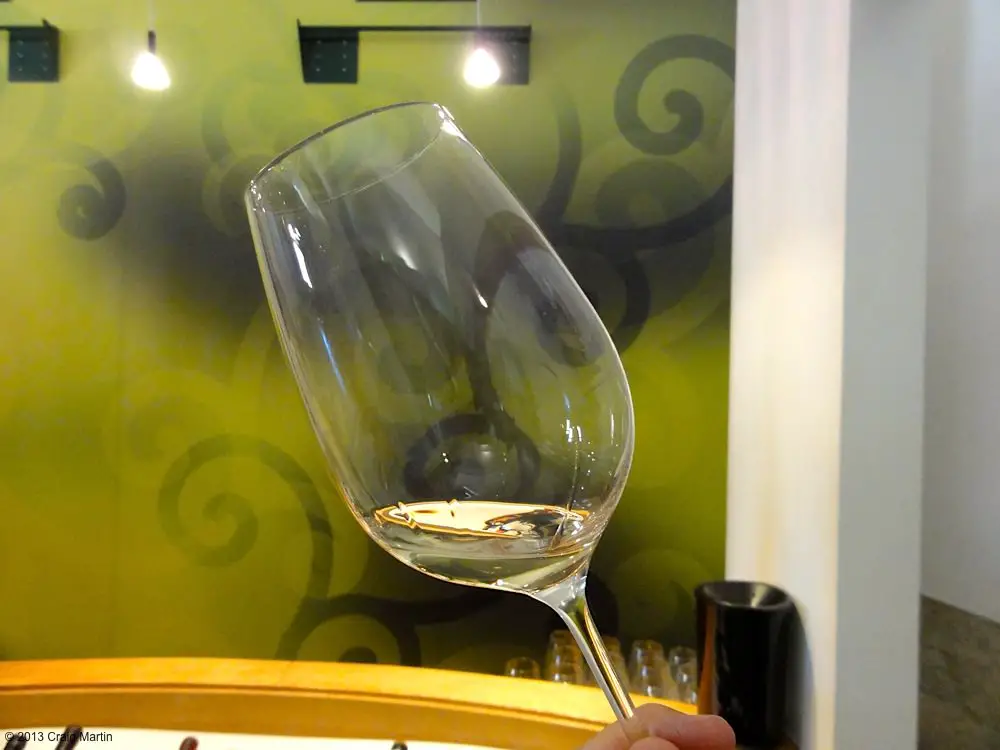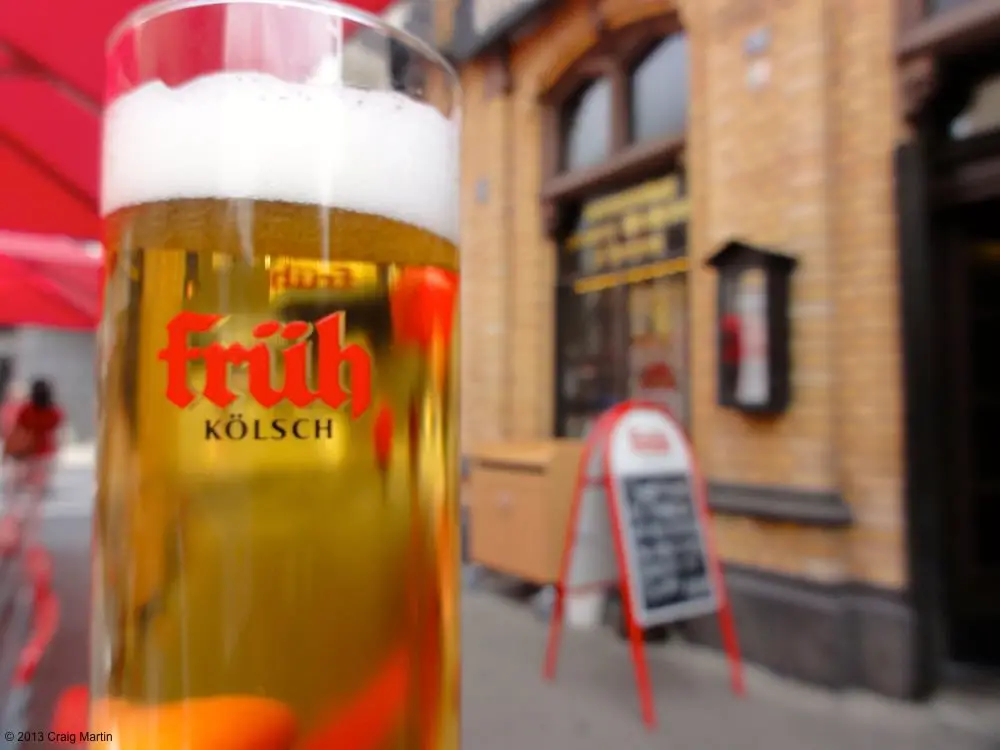Port, Porto, and the Douro Valley
Any visit to Portugal has to involve a drink or three of port, and the best place to do this is the city it’s named after – Porto. Almost every corner shop is happy to sell you a bottle, and the wine caves along the river run tours and tastings.
But although port is named after Porto, it isn’t actually produced there. In fact, it’s grown and produced in the Douro Valley, 120km to the northeast of the city. It’s a beautiful region which is well worth a visit, preferably with a guide who can explain the historical background of Portugal’s national drink.
Airplane Mode is enabled. oEmbed blocked for https://youtube.com/watch?v=t6QYxGwOoxk.
The Douro Valley has a unique microclimate which is not particularly pleasant for humans but fantastic for producing the grapes that go into making port. The winters are long, rainy, and windy, and the summers are dry and hot: locals describe the climate as “nine months of winter, three months of hell.”
Over 100 varieties of grape are grown in the region, with six being the most common: Tinta Barroca, Tinta Cão, Tinta Roriz (Tempranillo), Touriga Francesa, Touriga Nacional and Tinta Amarela. And it’s not all the dry red most of us are familiar with: white port (made from white grapes rather than red) is a popular aperitif, and port tonic is the most well-known cocktail – which we were offered four times during the four days we spent in Porto. It’s a simple mix of half port, half tonic water, and is refreshing but a little bitter.
To the Douro Valley
After our short stay in Porto, we headed north to explore the Douro Valley. The bus wove down the windy road, giving us an expansive view of the Douro River, cutting through the steep slopes of hills covered with vines. Our guide explained that the terraces were created by dynamiting the mountains, and that traditionally men carried 50kg baskets of grapes down the hill to the treading vats. 77% proof brandy was added to the vat to halt the fermentation of the resulting grape juice, and the liquid was put into barrels which were then transported down the river on small, flat-bottomed boats. After a bit of time in Gaia, the city across the river from Porto, the wine was bottled and shipped from Porto.
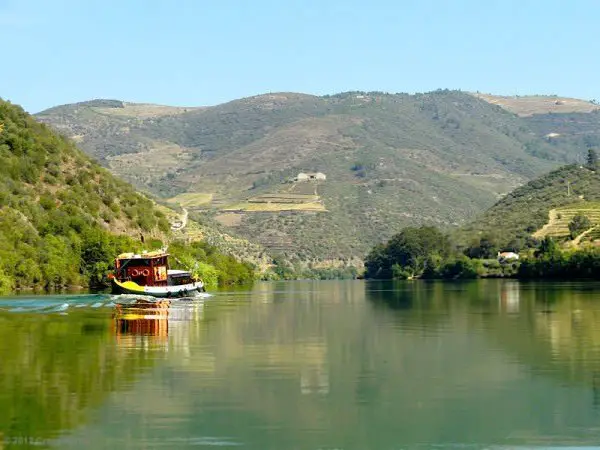
I’d often wondered why the wine was fortified – why not just produce regular wine, without the addition of the brandy spirit? Our guide had the answer. In the late 1600s, Portugal was already producing a lot of wine, and they started to trade with England. However, the wine turned acidic during the journey between the two countries, and couldn’t be drunk. Someone had the idea of adding brandy (which isn’t at all like the brandy you can buy in your local liquor store) and port was born – fortified (or strengthened) for its trip. England was happy with the change and in 1703 the two countries signed a trade agreement, with England sending textiles south, and Portugal shipping port from the port in Porto.
Things have changed a bit these days – it’s not to say that the English drink less port, I’m sure their consumption is still pretty decent – but the production process is a little different. The grapes are still picked by hand, but they are transported by trucks rather than by boat, and are pressed in wineries, rather than in the vineyard.
If you’re in Porto, you can hire a car to visit the Douro Valley, travel by infrequent train, or catch a week-long boat trip that passes through the area. If you’re not keen on navigating the hairpin turns or spending seven days on the river, you could consider a day trip like this one. Or you could just stay in Porto and enjoy the wine!


